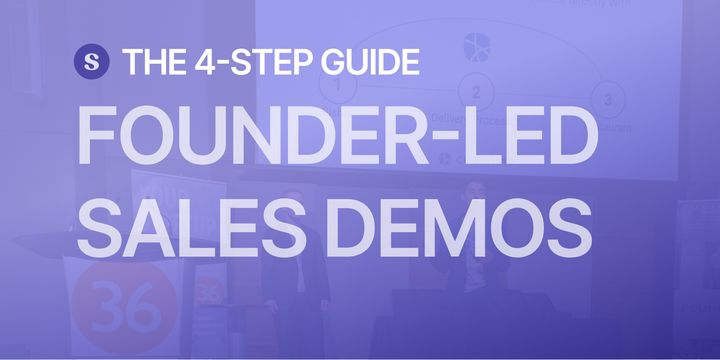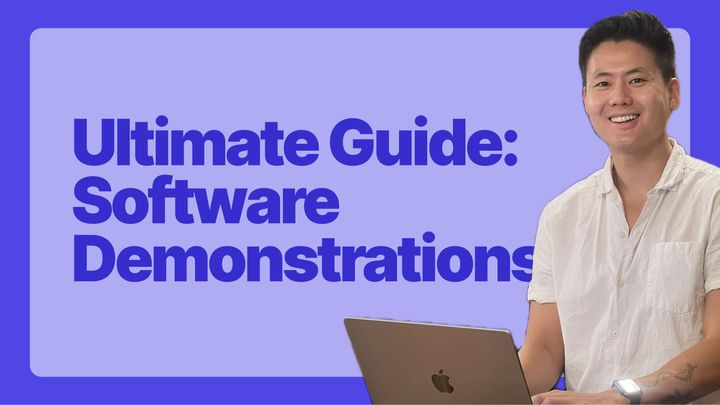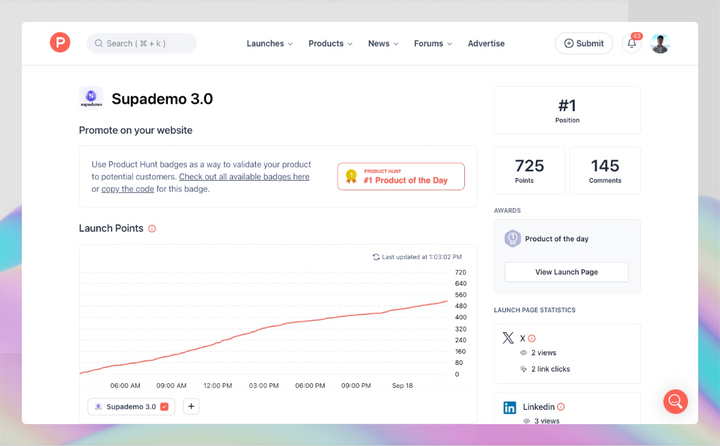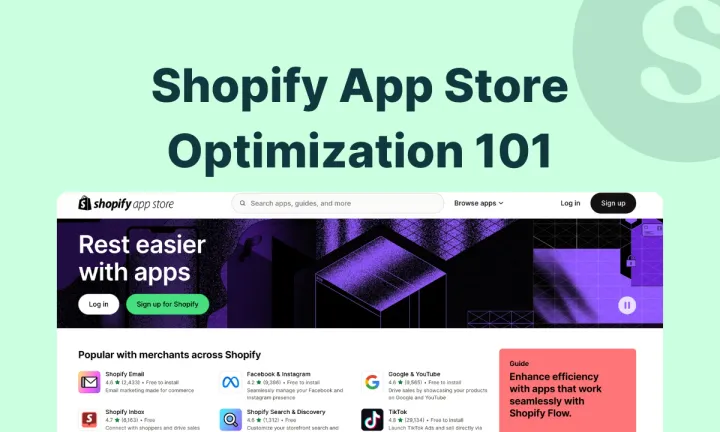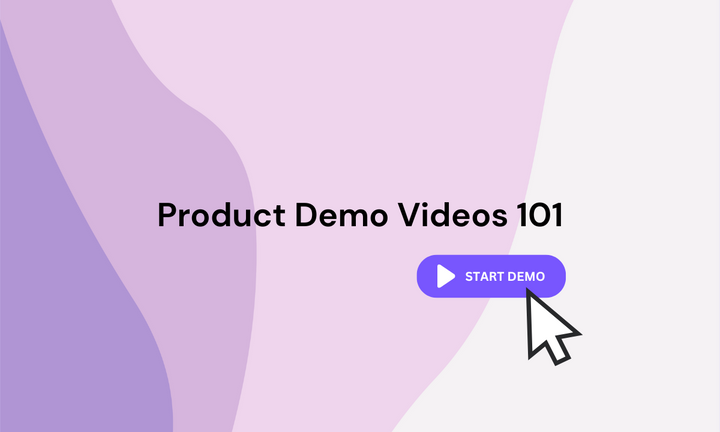In the early days of a startup, everyone is essentially a salesperson. The founder is usually the one leading the charge – as they have the unique confluence of context and passion to sell the product most effectively.
And the importance of founder-led sales isn't just a hunch. According to research by the Harvard Business Review, founder-led companies vastly outperform other companies in the S&P 500, with being even more paramount in early-stage startups, where founders have an even larger, more outsized impact on trajectory.
But despite this importance, many early-stage founders find it daunting to run product demos or lack a repeatable process for sales demos.
In this post, we'll demystify the process of running an effective founder-led software sales demo and share tips and tricks we've learned from personally conducting thousands of such demos.
1. Research, Research, Research
For any multi-tasking founder that's short on time, it can be tempting to create a generic sales script and apply to every sales demo, without research. But this is rarely a recipe for sustained success.
For prospects, there's nothing worse than being treated like you're a sales target rather than a potential partner. Worse yet, it's an immediate deal-killer if you come to a demo without any foresight of the prospect's product, industry, use cases or potential problems.
Understand their priorities
To prevent making the mistake above, block 15 minutes on your calendar before every demo to do a high-level review of the prospect's website or LinkedIn. This will give you an indication of their headcount, location, growth trajectory, and business orientation.

This can be useful as specific business types (i.e. insurtech, fintech) may care a lot more about security, reliability or uptime. In contrast, a sales automation platform will likely care more about integration capabilities to popular CRMs and Martech solutions.
By allocating time to get a lay of the land, you'll be able to proactively weave your solution within the prospect's priorities and concerns – helping you address them before they come up. This level of preparation instills a level of trust and confidence that's hard to replicate further down the sales funnel. First impressions do matter!
Understand their product
Similar to the above point, get an idea of what their product does and how it helps the prospect's customers. If you can effectively communicate how your solution amplifies their product in the sales demo, you'll have much higher odds of closing that prospect.
If possible, we recommend signing up for their product and poking around for 5-10 minutes. Most importantly, ensure you're not using or referencing their competitor's products as part of your stack.
2. Listen More, Talk Less
After researching the prospect and company, you should have clear hypotheses about the priorities and pain points of their role.
Next – as you enter into your sales demo, resist the urge to regurgitate sales scripts or plow directly into your presentation. Sales demos are meant to be a two-way conversation - so start with questions about their goals, priorities, and problems. Most importantly, remember to listen more and talk less and ensure you genuinely synthesize the conversation without cutting them off or interjecting.
By asking tons of questions, you'll not only uncover nuggets of valuable information (that you can use to position your product) but also build rapport and trust with your prospect. As they answer questions, make sure to take mental notes on how you can frame your pitch around their context.
3. Frame Based on Context
We've finally arrived at the point where you get to demo your product live. At this point, apply the context you've picked up from your research and questioning to make the demo highly personalized and memorable.
Preface the product walkthrough by letting them know you won't cover every feature but only the ones pertinent to their use case. As you highlight specific features, tie benefits to key pain points identified during your research and questioning. Be specific and articulate about how your product solves these pain points during the sales demo.
4. Leverage Pre and Post-Demo Collateral

Drive Context Pre-Demo
Forward thinking companies are increasingly using interactive demos as pre-sales-demo demos (meta, we know). What are interactive demos?
Interactive demos are step-by-step, self-paced demonstrations of a product or workflow. It is the ultimate way to "show, not tell", enabling prospects and customers to experience products in an engaging and frictionless way. By sending over a high-level, personalized interactive demo of key features and benefits, you can ensure the buyer has more context and is better engaged coming into the call.
This also gives your prospect the ability to flag specific features they'd like to dive into deeper into during the call.
Arm Champions Post-Demo
Similar to the above point, use short, interactive product demos to help your prospect recall key features and benefits from your demo, without having to watch a 60-minute demo recording (seriously, does anyone watch these?!). What better way to recap your demo than by letting them experience the magic of your product, on-demand!
Best of all, as your prospect slowly becomes a champion for your product, the interactive demo can also help them sell your company to other decision makers on their team in a foolproof way.
While having a deck or fancy words may be useful, nothing beats a real-time showcase of your product!
In Conclusion...
Mastering the art of the software sales demo is an evolving, continious craft. While perfection is impossible, getting the ingredients right can help you accelerate growth and propel to new heights. Further, by leveraging interactive demo platforms like Supademo, you can amplify your messaging and increase engagement with prospects.
By doing your homework, understanding your audience, and delivering a personalized, engaging demo, you'll turn potential customers into loyal clients. Happy selling!


